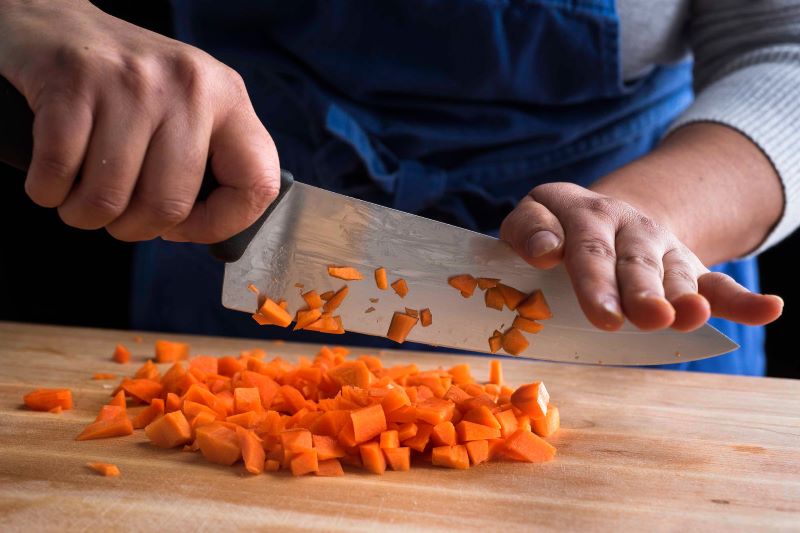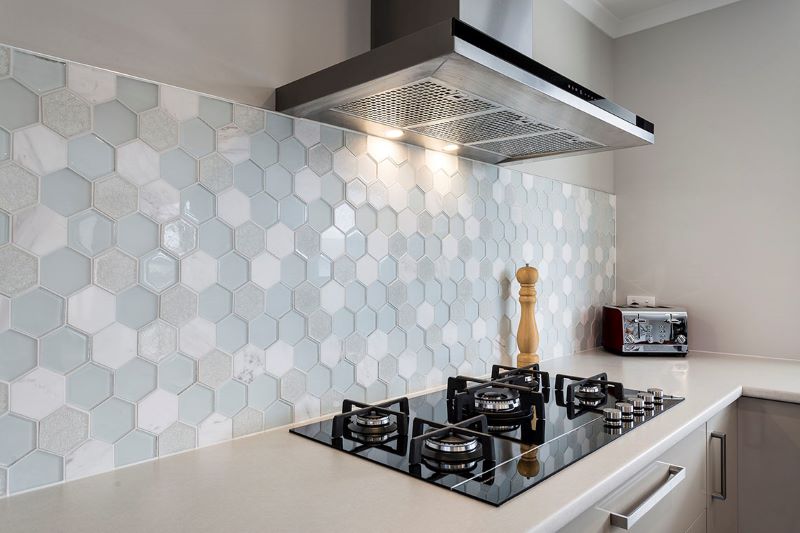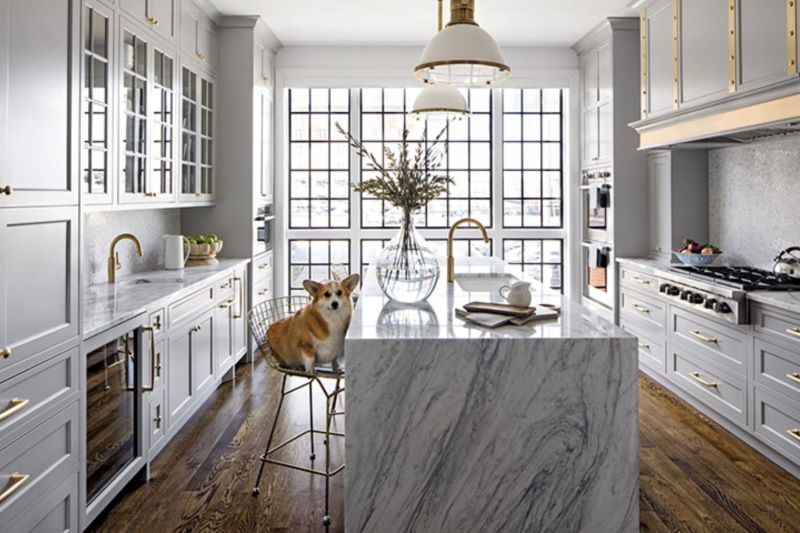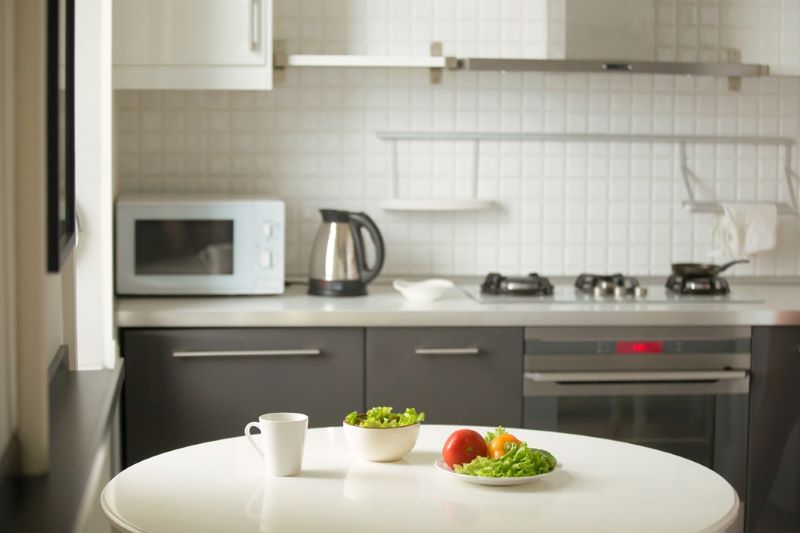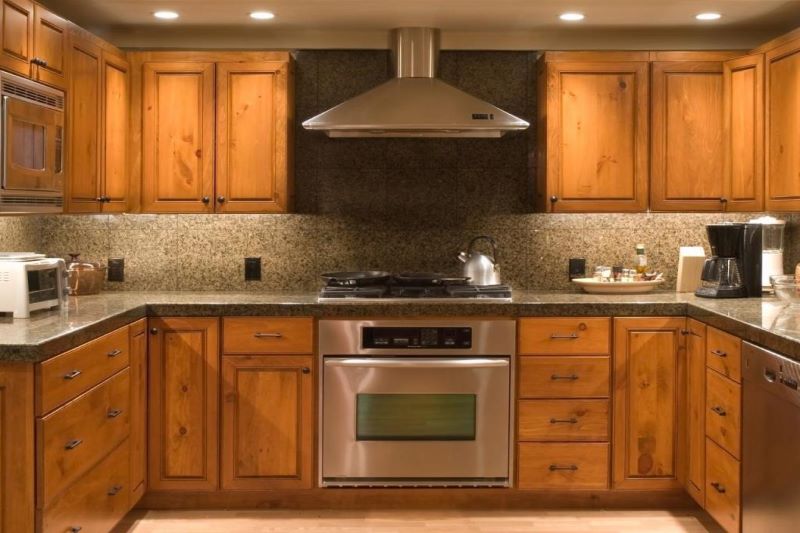Table of Contents
Getting cut by a knife can be one of the biggest annoyances for any home cook or chef. Mostly they’re minor and not too big a deal, but sometimes they’re deep and may require a visit to the good old emergency room. I’ve found these 8 tips pretty useful when I’ve ever had a cut in the kitchen, so it is my hope that they serve you well too! Without further ado!
1. Don’t panic and try to assess the situation at hand!
As clichéd as it may sound, the most important thing you can do when faced with a knife cut is to remain calm and level headed. Some people freak out at the sight of blood, and this doesn’t help the situation at all. I know it’s easier said than done especially when you have a deep cut that is just gushing with blood. When you’re in a state of calm, you’re able to think much more clearly and therefore make better decisions. Taking deep breaths can help in restoring calmness. Okay, now that you’re calm you’ll want to assess the cut, and gauge if it’s relatively minor or major. If it’s the latter, my advice would be to seek medical help. I recommend you have someone take you to the nearest ER to have it looked at by a doctor. On your way to the doctor, you’ll want to apply pressure to the wound.
2. Stick to the basics!
Most people over complicate knife cuts to be a lot worse than they actually are. My 2 cents are to stick to the basics. What do I mean? I mean rinse the cut with water to clean it off, and then apply pressure using a gauze or towel. Once the bleeding subsides, add some antiseptic ointment and seal the wound with a gauze. Hopefully you have band aids, gauzes, and antiseptic in your cupboard…..which brings me to my next tip!
3. Always have at least two first aid kits handy in your home
Don’t underestimate the importance of this one. Can you imagine not having a band aid available when you most need it? The reason I say two is because you always have a backup in case one runs out. It buys you some time before you need to replenish the primary kit. Your first aid kit can be basic and small. Mine consists of a few things: band aids, gauzes, Dettol, Tylenol and a few other things. Again, don’t complicate it…..Stick to the basics!

4. Use cut resistant safety gloves when cutting
Might sound farfetched but using cut resistant safety gloves could be exactly what you need. This is true for anyone who finds themselves constantly getting knife cuts in the kitchen. As far as comfort is concerned, you can find a pair to fit your hands almost perfectly. Most of them are food safe, machine washable, and have a good grip to them. It’s something that all chefs/cooks should consider. Another benefit is that you’re not prepping food or vegetables with your bare hands, so it’s more hygienic.
5. Sharpen your knives for Pete’s sake! A dull knife is more dangerous than you think!
Ever heard the saying “a dull knife is more dangerous than a sharp knife”? If you haven’t, now you have. There is quite a bit of truth to that statement. The problem with dull blades is that you require more force to cut something as you would with a sharper edge. Because you require more force, you’re more likely to slip and lose control of the blade and the unfortunate result……a knife cut. The goal should always be to let the knife do most of the work, and a sharp edge is one that glides and slices in harmony. There should be minimum resistance and nothing should seem forced. Having said that, the goal should be to achieve as sharp a cutting edge as possible. How do you do that? It’s a process of doing three things: honing, sharpening, and stropping. Honing and stropping basically re-align a cutting edge, whereas sharpening removes steel.
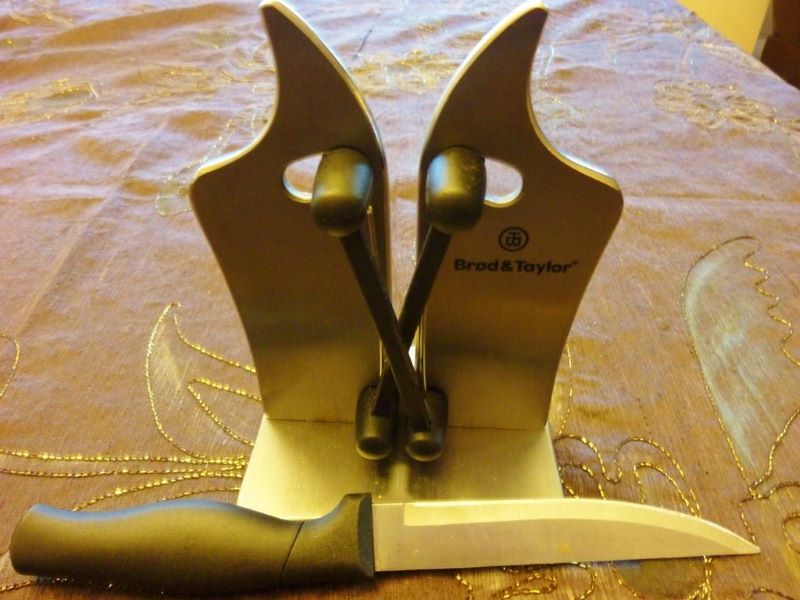
6. This isn’t a contest. Remember, slow and steady wins the race!
I’ve seen so many people try to showboat their knife skills. I have one thing to say about this: It’s absolutely not worth it, so don’t bother! This isn’t a race and there is no prize for finishing first……except maybe a cut or two for your troubles. Go slow and take your time to do things right, while remembering that safety comes first. For those who find themselves constantly getting cuts, my advice to you is go even slower. Get the technique right before trying to go faster.
7. A dirty, rusted knife is one that can infect!
Guess what happens when you get cut by a rusted blade? You could potentially have a more serious problem than you think. Ever heard of tetanus? It’s a serious infection that can sometimes even be fatal. The main takeaway here is to keep your cutlery rust free (knives, spoons, forks etc.). The best way to do this is by minimizing the chance of rust in the first place. Make sure your cutlery is completely dry after being washed, and store them in a cool, dry environment.
8. Are you using the right tool for the right job?
There are literally tons of different knives, let alone all the different kitchen knives! And each kitchen knife is focused at doing a specific thing best. For example, serrated blades are great for cutting into steak and crusty breads or baguettes. Boning blades are great for cutting up a whole chicken, and utility knives are good for slicing fruits and vegetables. So, what does all this have to do with getting cut? Glad you asked! Using the right tool for the right job reduces the likelihood of knife cuts, as opposed to using the “not so right” tool for a certain job. Basically, a bread knife should be used for cutting bread. You wouldn’t use a plain edge to cut bread, as you may end up with a squished loaf!
Final Words
Follow these 8 tips and I’m sure you’ll reduce your frequency of kitchen related injuries. If you do have any questions or comments, please leave them below. Thanks for reading and stay safe!
source/credit: myelectricknifesharpener.com
